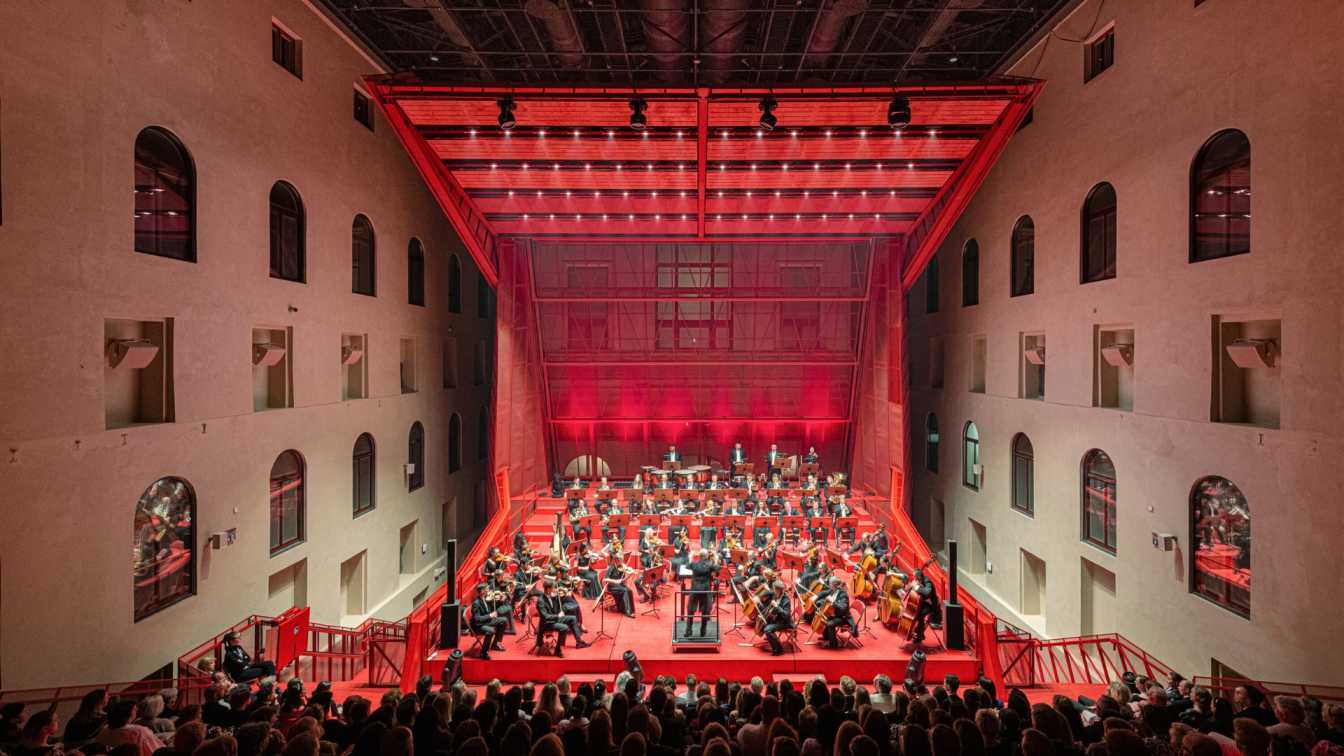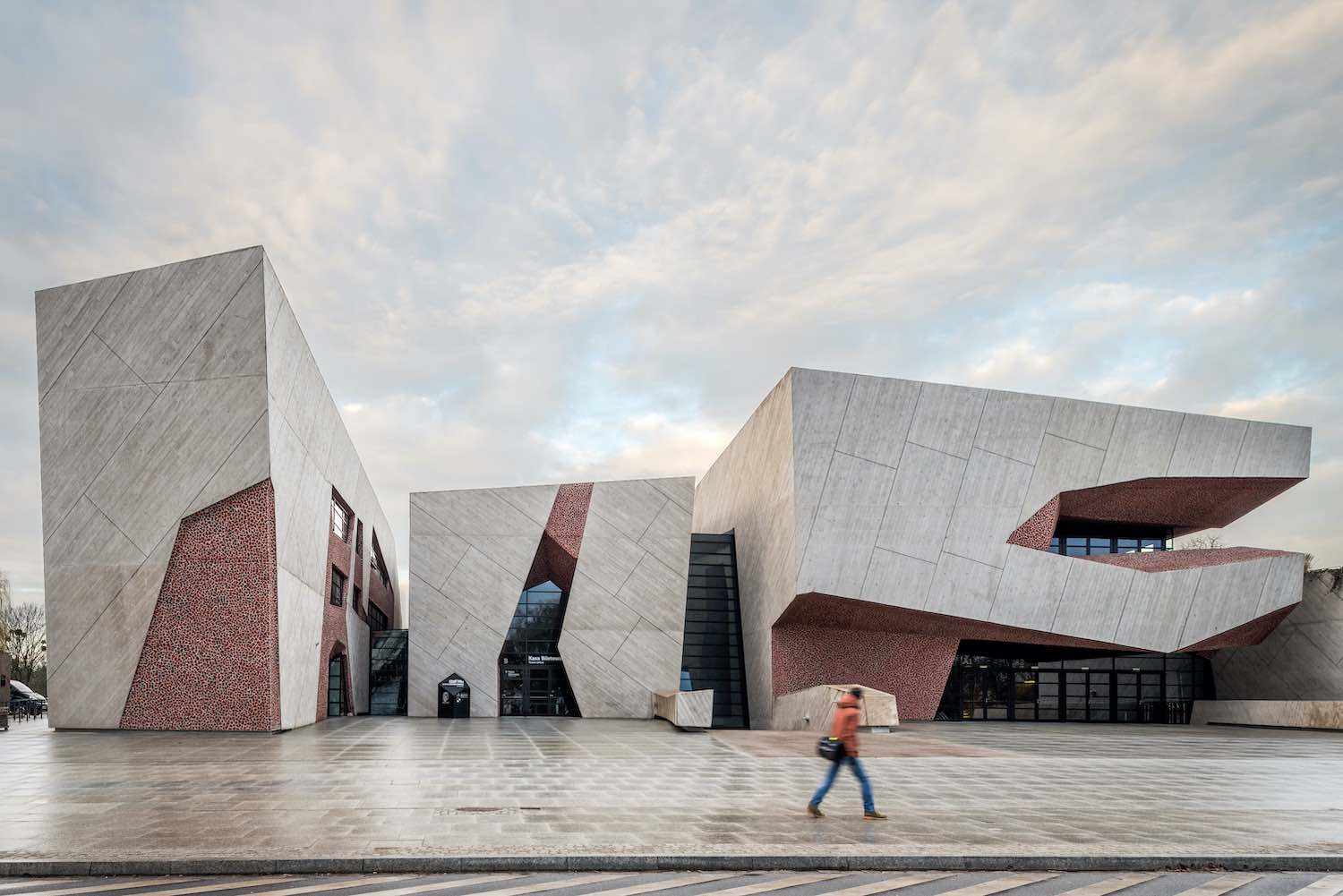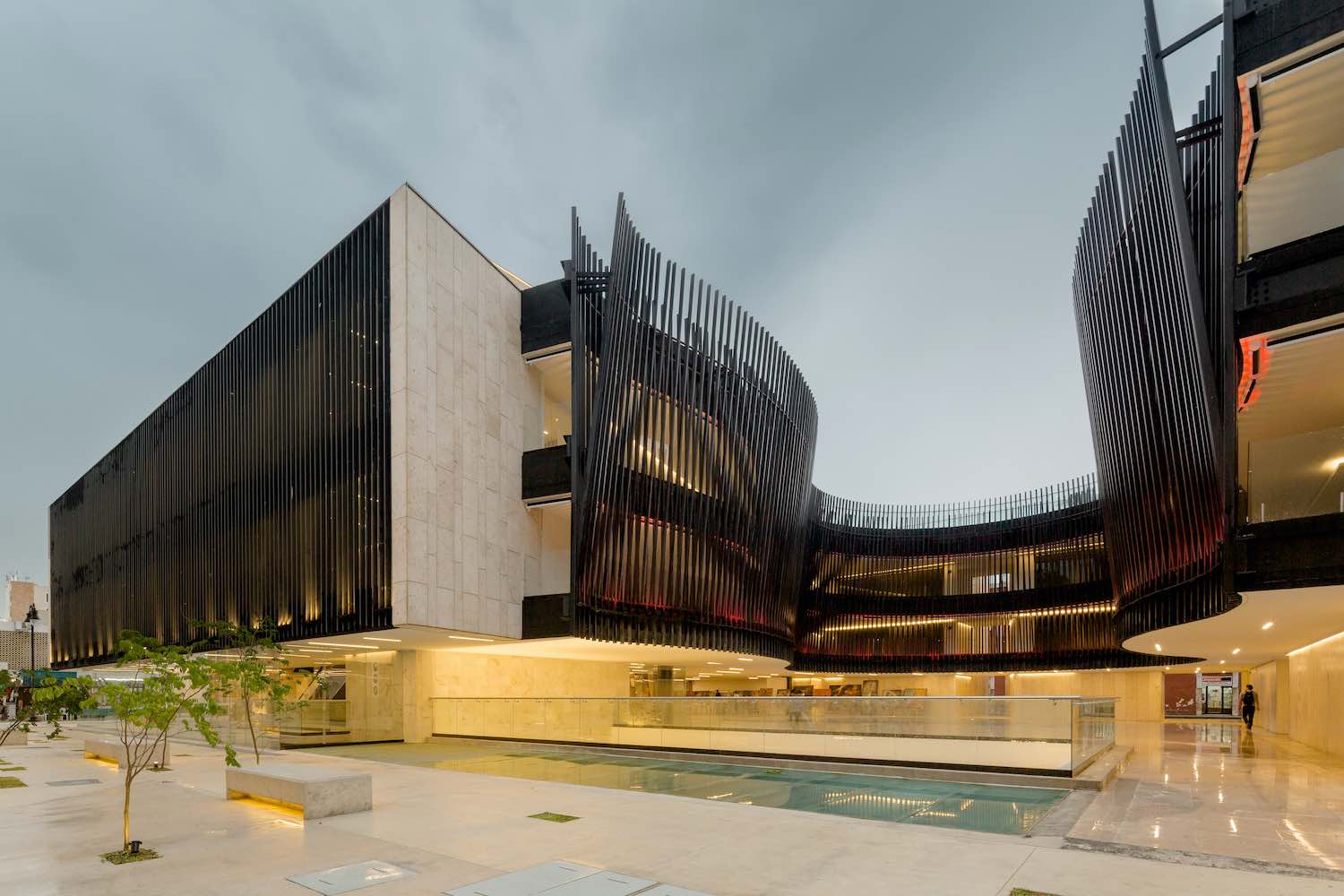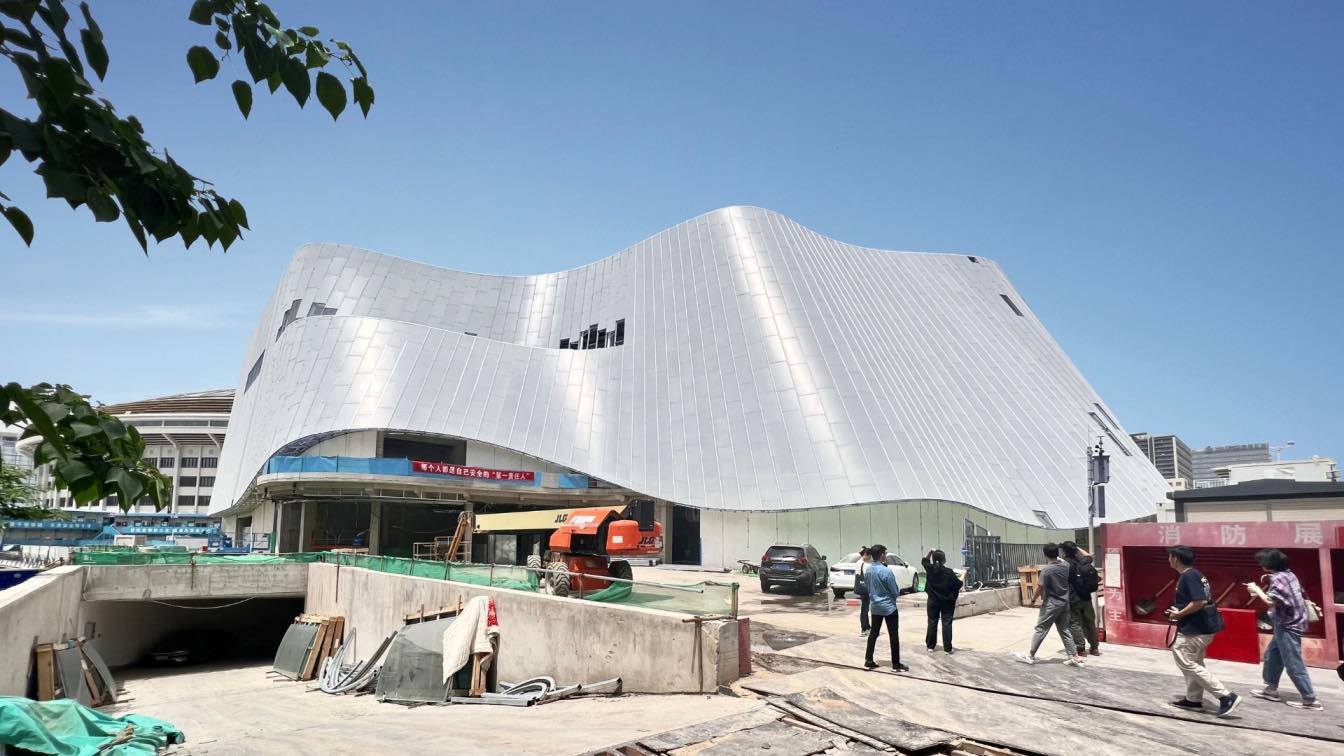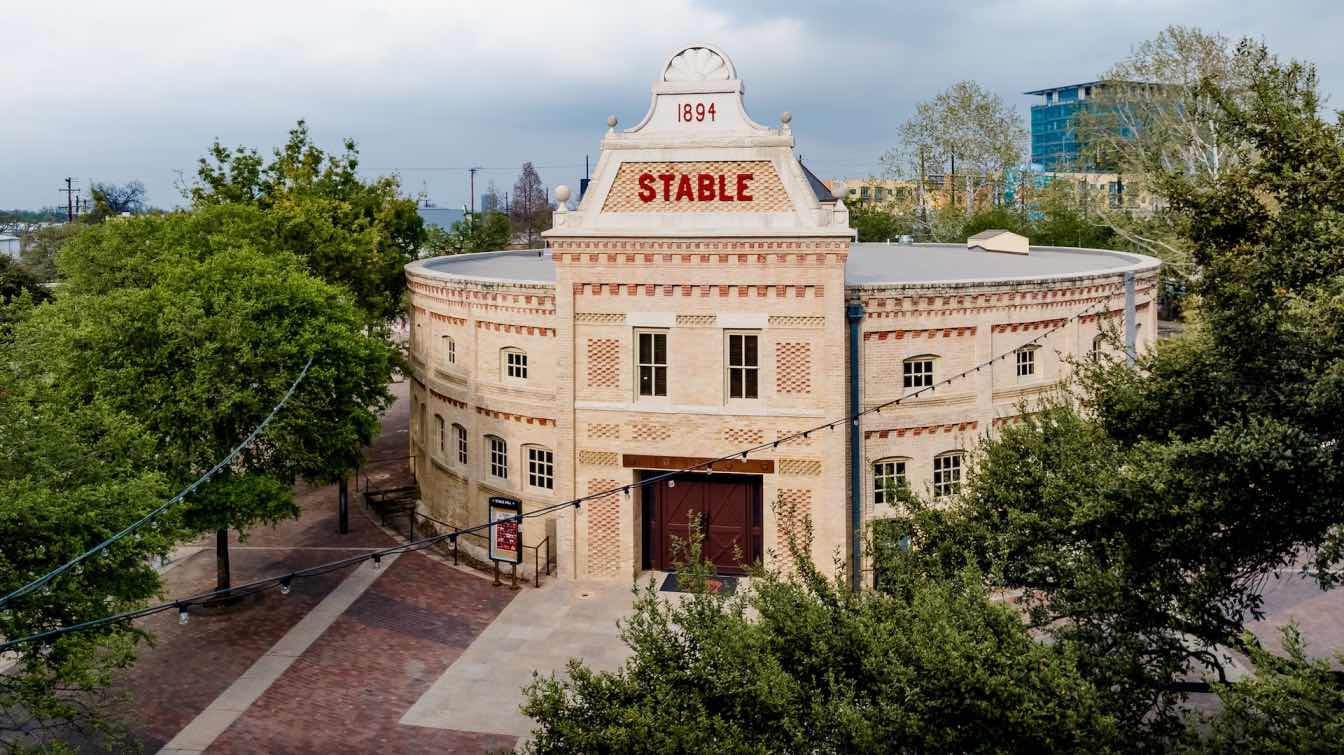Petr Hájek Architekti: The historic building of the Imperial Spa, completed in 1895, was remarkable in its time for both its architecture and spa technologies. In the second half of the 19th century, groundbreaking inventions were created. Thomas Alva Edison invented the light bulb, Nikola Tesla developed the induction motor, Alexander Bell built the telephone, Carl Benz and Gottlieb Daimler introduced the first internal combustion engine car, and Henri Giffard designed a steerable airship. During the same era, Jules Verne wrote the novel From the Earth to the Moon, and Claude Monet painted the iconic Impression, Sunrise.
Technological progress and the ability to construct complex mechanical machines from steel were also reflected in the design of the Imperial Spa. Architects Ferdinand Fellner and Hermann Helmer incorporated a unique mechanism for processing and distributing peat. The peat was transported by conveyor and elevator from a processing facility to multi-story bathing areas. This efficient system enabled up to 2,000 guests per day to use 100 baths, ensuring a quick return on investment despite the initial budget being exceeded by double.
At the turn of the 20th and 21st centuries, the building was used only occasionally for cultural events and gradually fell into disrepair. A meaningful purpose was sought to justify the costly reconstruction. This situation persisted even during the preparation phase for the building works. Eventually, the investor decided to transform the Imperial Spa into a cultural institution, with a concert and multifunctional hall as its central feature. This hall was located in the building's core, within the atrium, which had previously functioned as a utilitarian machine room with the peat conveyor.

The historical "peat machine" became the inspiration for our design. Since the restoration of spa operations was not planned and only a few cast-iron columns from the original structure had been preserved, there was an opportunity to introduce a new "machine" – in this case, featuring state-of-the-art scenic and acoustic technology. The hall's design functions as a "transformer," capable of adapting spatial and acoustic parameters to the specific needs of each event. The hall can be compared to a "Swiss army knife" offering a variety of functions.
The hall is equipped with elements that adjust reverberation time, as well as the direction and intensity of sound energy. The orchestral shell features a retractable screen that reflects sound towards the audience. Rotating triangular panels above the stage can reflect, absorb, scatter, or direct sound. Wooden panels on a steel framework in the orchestra's floor serve as resonators, harmonizing with the musicians' instruments.
The hall is fitted with technology to accommodate concerts, theater performances, dance, conferences, film screenings, and popular music. A heavy blackout curtain allows the space to be completely darkened and acoustically dampened. All scenic and acoustic technologies are integrated into the hall's structure, while ventilation and fire safety systems are housed in a block above the main staircase roof.
The construction of the hall was challenging, as large structural components could not be transported into the atrium. All parts had to be assembled from smaller elements transported through an opening in the roof.






























About studio / author
Czech architect and university professor Petr Hájek is a graduate of Czech Technical University’s Faculty of Architecture and of the Academy of Fine Arts’ School of Architecture. In 1998, he co-founded HŠH architekti, which among other things redesigned Upper Square (Horní náměstí) in Olomouc and St. George’s Square (Jiřské náměstí) at Prague Castle. The studio also designed the renovation of the Archdiocesan Museum in Olomouc. In 2009, Hájek founded his own architecture studio, Petr Hájek Architekti. Some of his best known projects include the Krkonoše Environmental Education Center in Vrchlabí, the revitalization of the buildings and park at Litomyšl Castle, the adaptation of the rooftop terraces of the Lucerna Palace for cultural events, the DOX+ addition to the DOX Centre for Contemporary Art, the renovation of the water tower in Prague’s Letná neighborhood, the Eternal Hunting Grounds animal crematorium, and an exhibition for the national pavilion at the 2016 Venice Biennale. Recent and ongoing projects include a children’s hospice at the Cibulka estate in Prague, the concert hall in the Imperial Baths in Karlovy Vary, and the revitalization of the Baroque-era Invalidovna complex in Prague. Petr Hájek has spent more than ten years teaching at Czech Technical University’s Faculty of Architecture, where he was named associate professor in 2010 and professor in 2017. He also teaches at the Academy of Fine Arts and Design in Bratislava, where he set up a Virtual Studio. He is the founder of the Laboratory for Experimental Architecture. His projects have been repeatedly nominated for the Mies van der Rohe Award and have received honorable mention in the Piranesi Award. He was named 2018 Architect of the Year.

